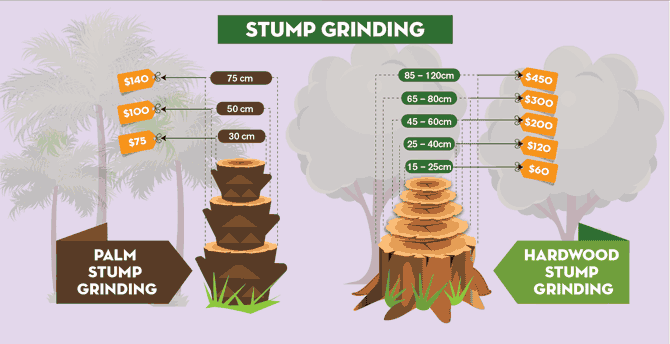Indicators That It Is Essential To Eliminate A Tree - A Handbook For House Owners
Indicators That It Is Essential To Eliminate A Tree - A Handbook For House Owners
Blog Article
Web Content Author-Hollis Lester
Trees add charm and value to residential or commercial property, however they can also present a threat throughout extreme weather condition occasions. If a tree has stopped growing, is showing visible fungal growth, or has a leaning trunk, it should be removed by an expert to stay clear of home damages and injury.
To read more, participate in a homeowner source fair co-hosted by HPD, the Facility for New York City Neighborhoods, and Brooklyn-based real estate companions this night in Bedford-Stuyvesant. The event will certainly feature the Homeowner Manual, a new overview to assist house owners navigate the duties of owning a home.
1. Dead or Perishing Branches
Trees are an integral part of your home's landscape, supplying color and elegance. They also provide shelter for wildlife and create oxygen, but even healthy trees can experience health problems that might demand their removal. Dead or passing away trees aren't simply unattractive, they can be dangerous. Their branches might fall during a tornado, bring about pricey property damages and injuries.
When a tree's branches begin to pass away, it indicates that its structure is beginning to break down. If the majority of its branches are dead, it is likely time to remove it.
Seek a lack of brand-new development, bark peeling, open injuries or tooth cavities, fungis expanding on the trunk or roots and a general appearance of degeneration in the whole cover. These indications of infection can suggest a serious trouble that will certainly need expert tree services to resolve.
2. Leaning Trunk
While it's typical for trees to lean periodically due to phototropism, if a tree has a hazardous or severe lean that's not as a result of natural processes - maybe a sign that the tree needs to be gotten rid of. If the tree is leaning toward a high-voltage line, home, vehicle, play framework or any other location that could be unsafe to individuals if it drops, after that getting in touch with a professional tree solution for removal should be a top concern.
It's additionally essential to watch for any type of sudden changes in a tree's leaning as it can suggest damages to the origins or trunk that might bring about falling. mouse click the up coming website page is especially real throughout thundercloud, considering that high winds and rain-soaked soil can create a lean to alter swiftly. Regular tracking, especially during and after tornados can assist house owners acknowledge prospective troubles with their trees so they can call an arborist for a comprehensive analysis.
3. Pest Infestation
Some pest invasions, such as wood-boring bugs like emerald ash borer or sap-suckers like scale insects, are so extreme that they can cause a tree to pass away. The best means to prevent pest invasion is to monitor your trees on a regular basis. Search for areas, openings, or discolorations in the leaves and bark. Examine the trunk for splits and indicators of insect damage, such as passages or tracks.
If a tree comes to be too plagued with parasites, or is close to a home or high-voltage line, an arborist may advise removal. If a leaning tree establishes a new, unpredictable lean, an arborist will likely recommend elimination too to make sure the security of people and home. If a weakened or dead tree continuously loses extreme branches, it is an indication that it is time to get rid of the tree. If a tree remains to drop branches for an extensive time period, it might cause architectural troubles and possible home damages.
4. Harmed Trunk
Trees are a lovely and fundamental part of our landscape, but they do call for normal care to keep them healthy and balanced and risk-free. If a tree is damaged irreparable it is likely time for it to find down.
Look for signs of damage to the trunk, including upright fractures, seams, dead branch stubs, noticeable injuries or open tooth cavities and serious tree-rot. The presence of fungis at the base of the trunk is one more alerting sign. maintanence might show that the phloem and xylem (life-support cells) are compromised, permitting the spread of disease or a future failing.
Also, think about whether the tree has actually stopped growing. Healthy and balanced trees will certainly have new growth every year, which may be visible as buds or branches growing and expanding. If you do not see any new growth, it's a good concept to have an arborist evaluate the tree and follow their suggestion for removal. A dying or damaged tree can drop and trigger building damages.